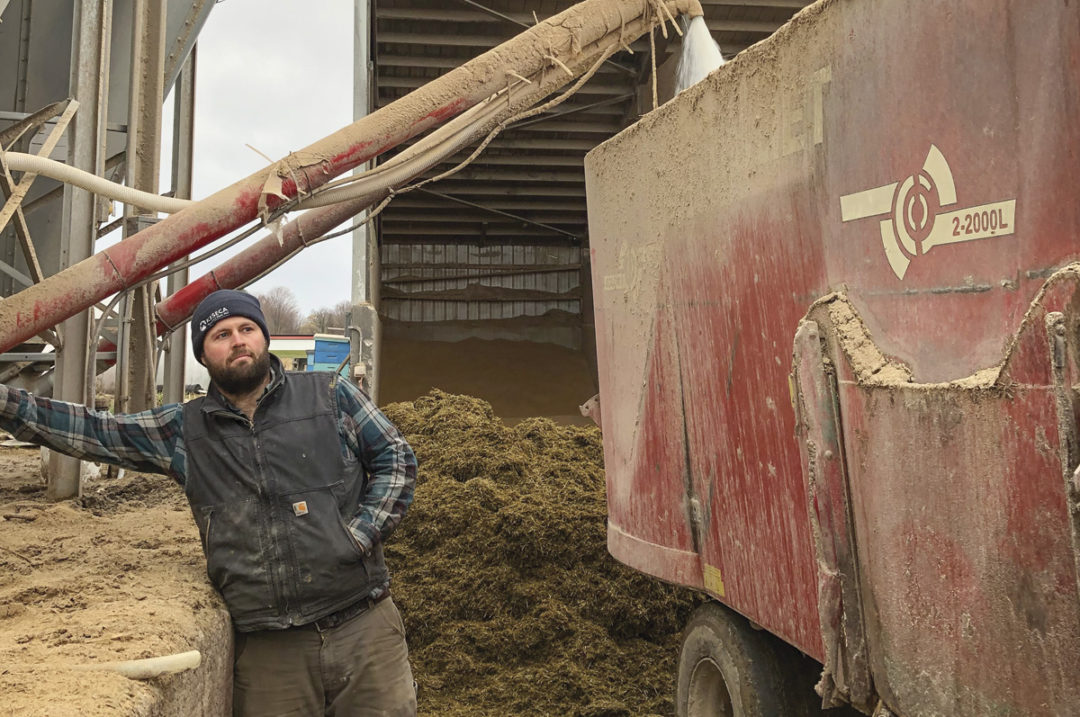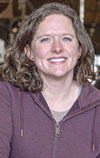Feeding cows is one of the most important jobs on the farm. I know, I work for a nutrition company, so I have to say that, right? But hear me out.
First, feed is the largest expense on dairy farms. Feeders handle large quantities of pricey ingredients every day, so any mistakes they make can be costly. Second, feeding cows greatly affects the production of your cows. Therefore, the feeder’s quality of work directly impacts the farm’s biggest source of income.
When you’re in the position to train someone who influences both the largest cost and the largest source of income on the dairy, you want to make sure to set him or her up for success. That starts with picking the right person for the job.
Think about the characteristics of the job and what type of person would do best in the role. The ideal feeder needs to be self-motivated and comfortable working alone but also needs to communicate well with employees in other areas of the farm. Proficiency in the language required to do the job (be it English or Spanish) is a must at a basic level: reading, writing and speaking. If you utilize feed-tracking software, your trainee will also need to be computer literate. But don’t automatically count out someone who doesn’t have these skills; I once worked with a feeder who had to start out by learning how to double-click with a mouse, and he developed into an excellent feeder.
Once you have your next feeder selected, identify who will be the trainer. This person must be a skilled feeder who can communicate clearly with the trainee and, most importantly, is willing and motivated to do a good job training. If the trainer feels threatened by the trainee (“Could this person make me irrelevant?”), is soon to leave the job and has already checked out, or simply doesn’t care, then the training setup is doomed to fail. You, as manager, need to have a clear conversation with both trainer and trainee to set expectations for the training process.
Set a high bar for safety by identifying safety risks in the feed center and how to avoid them. Discuss PTOs, working with and around machinery, bunker silo collapses and fall hazards. Encourage or require the use of high-visibility clothing.
Feeding involves many tasks, so I find it easier to break the job down into manageable chunks for new learners. To start, focus on teaching the trainee one or two skills. Once mastered, move on to others. Depending on your operation, these tasks might include operating a loader, skid steer and feed truck or tractor; mixing loads; delivering feed; defacing; uncovering bunk and machinery maintenance.
If possible, have the trainee safely shadow a skilled feeder first to get a better picture of all the tasks, how they fit together and their importance. While training on the physical tasks, continually reinforce these key themes:
- Accuracy: Refer to the first two paragraphs. Mistakes or deviations from SOPs (standard operating procedures) can be costly, so focus on how to mix and deliver feed accurately. Mixing and delivery reports in feeding software are a great way to measure accuracy and show the trainee how he or she is doing.
- Cleanliness: Dirt, mud, spoiled silage, plastic and tires, water bottles – if these things are left haphazardly around the feed center, they will eventually make their way into the feed and cause health issues for cows. Set the expectation for keeping the feeding center neat and tidy and build time into the feeder’s schedule to clean up.
- Safety: Discussing safety on day one isn’t enough. Model safe work habits and reinforce safe behavior every day with your trainee. Build safety into the routine so that safety is seen as the way things are done, not something that takes extra time. If you see your feeder do something risky, address it immediately so he or she will not be tempted to do it again.
- Keen observation: Sometimes subtle changes in a bunk face, total mixed ration (TMR) or refusals can clue us into issues that could affect cow health and production. Teaching a feeder to notice these changes and report them to the appropriate person – even if not sure what they mean – will gradually raise the feeder’s know-how.
- Communication: Feeding seems like a solitary job, but the work intertwines closely with the roles of many others. For example, a feeder needs to be in close communication with the herdsman about pen moves and cow health issues, with the farm manager about feed inventories, and with the field crew about harvest and bunk management, to name just a few.
- The why: Every step of the way during the training process and beyond, help your feeder understand why you want him or her to do things a certain way. If we tell them what but not why, they will be more likely to cut corners in the future. For instance, explain that we need to adjust the dry matter of forages after a rain event because if we don’t, the added weight of the water in the forages will mean that we underfeed the cows.
With a little perseverance and patience, you’ll soon have a valuable new team member feeding your cows.
If you’re looking for some additional resources to help you train your new feeder, check out the following videos:
- Diamond V Feeder Training videos in English and Spanish
- Feeder Tips videos from Cornell Cooperative Extension







